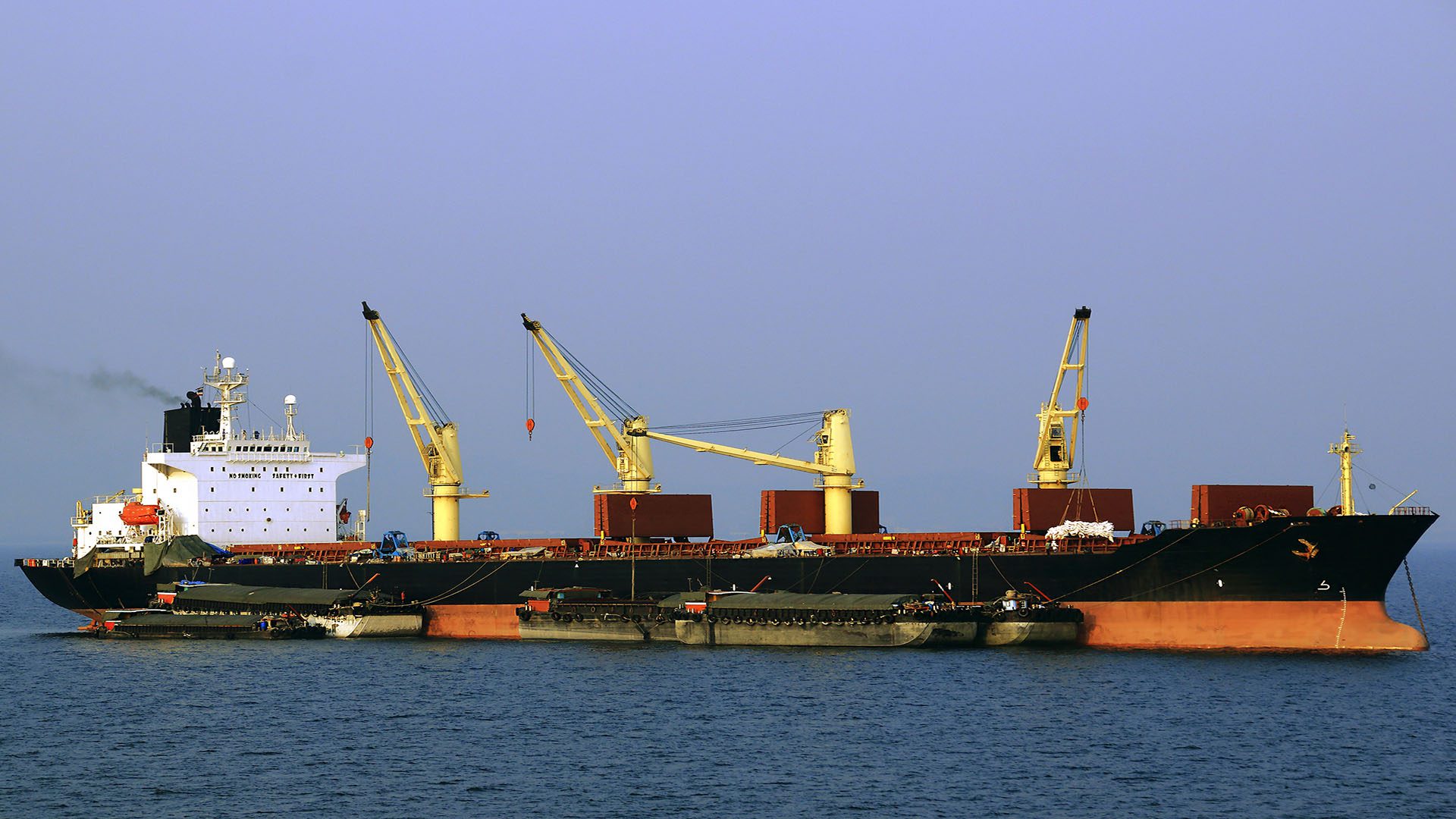
Entry/Condition Surveys
The entry survey often provides the first opportunity for technical personnel of The Swedish Club to meet the owners’ superintendents and other operational staff on board the vessel.
The entry survey offers an opportunity to judge the general and structural condition of the vessel, together with the crew’s competence and capabilities in managing safety and environmental issues. We pay great attention to the human factors and safety culture, looking at, among other things, the frequency and thoroughness of safety routines and shipboard emergency drills. Another vital consideration is the relationship between ship and shore staff and the quality of communication between fleet and shore personnel.
When a vessel is trading at the time of attachment, and if the Club considers it necessary to conduct an entry survey, the Club will ask the prospective member to provide details of the vessel’s itinerary to ensure that a survey is carried out as soon as possible. An experienced staff surveyor will normally conduct the entry survey. An external surveyor may be appointed, according to availability. Every effort is made to avoid any interference with the vessel’s schedule.
Upon completing the entry survey, the surveyor will discuss his findings with the Master, Chief Engineer, and, if possible, the owner’s superintendent. In the event of deficiencies, recommendations will be made in writing, with a copy handed to the Master. Typically, such recommendations concern matters that are easily rectified. Should recommendations require significant remedial action, we have a firm policy to follow up and re-inspect.
In general, the extent and features of an entry survey and a condition survey are very much the same. The difference is that an entry survey is carried out upon entry of a vessel into the Club, and a condition survey is made at a later stage to ensure continuous high standards of both vessel and personnel.
To save valuable time during an entry/condition survey, the Club asks that the Master of the vessel is given adequate notice of the time and venue for the inspection.
Where appropriate, the preparations for the survey might include:
- Removal of manhole covers for inspection of two or more ballast tanks. Tanks must be ventilated and illuminated.
- Available cargo tanks to be prepared for inspection. Tanks must be ventilated and illuminated.
- The rigging of lighting for hold inspection.
- Cargo handling equipment records prepared for inspection.
- Demonstration of steering gear (normal and emergency).
- Demonstration of emergency generators under working conditions.
- Demonstration of emergency fire pump under working conditions.
- Copies of statutory certificates and class certificates made available.
- Demonstration that nautical publications and charts are up to date.
- Engine maintenance records made available.
- Demonstration that bilge alarms, quick closing devices, ventilator dampers and other similar devices are serviceable.
- The surveyor will always take time to tour the ship to observe the general condition – with particular attention paid to fire hazards, watertight integrity and general safety.
For more information, please contact:
